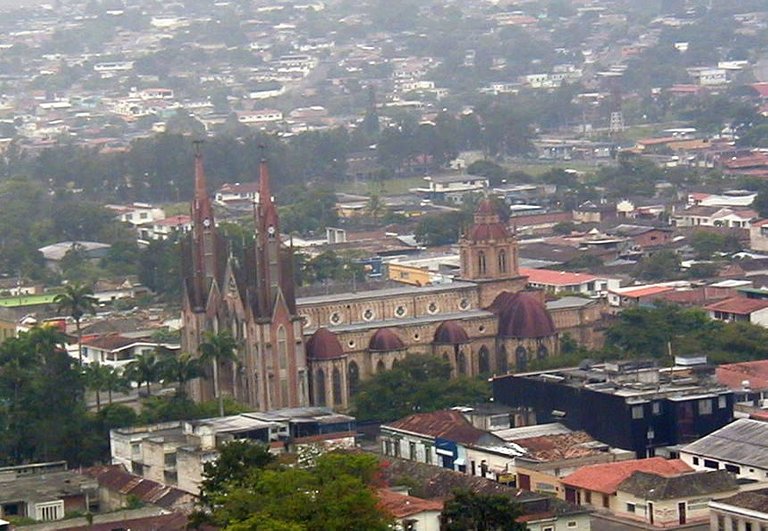 RUBIO is a Venezuelan city in the state of Táchira which is the capital of the municipality of Junín.
RUBIO is a Venezuelan city in the state of Táchira which is the capital of the municipality of Junín.
It was founded by Gervasio Rubio in 1794, being founded as «The Pontalida City». Rubio becomes a parish for the year of 1868 and in January of 1872, Juan Hilario Bosset donated two fanegas of land of his possession for the Rubio temple and the plaza.
The economy of the city was based on the past in the production of coffee, nowadays it depends on the tertiary sector and some local agricultural productions. The first exploitation of oil in Venezuela began in 1883, in La Petrolia, in the town of Rubio, by the "Compañía Nacional Minera Petrolia del Tachira" and the first well exploited was called Salvador. It has hospitals and banking offices, as well as multiple educational institutions, being known as the educating city of Venezuela.
As a place of tourist interest, the Church of Santa Bárbara stands out, in the Neo-Gothic style, which has bricks made locally with clay from the area.
"Rubio es una ciudad venezolana del estado de Táchira la cual es capital del municipio de Junín.
Fue fundada por Gervasio Rubio en 1794, siendo fundada como «La Ciudad Pontalida». Rubio llega a ser parroquia para el año de 1868 y en enero de 1872, Juan Hilario Bosset donó dos fanegas de tierra de su posesión para el templo de Rubio y la plaza.
La economía de la ciudad se basó en el pasado en la producción de café, hoy día depende del sector terciario y algunas producciones agropecuarias locales. La primera explotación de petróleo en Venezuela comenzó en 1883, en La Petrolia, en la localidad de Rubio, por la «Compañía Nacional Minera Petrolía del Táchira» y el primer pozo explotado se le denominó Salvador. Tiene hospitales y oficinas bancarias, así como múltiples instituciones educativas, siendo conocida como ciudad educadora de Venezuela.
Como lugar de interés turístico destaca la Iglesia de Santa Bárbara, de estilo neogótico la cual cuenta con ladrillos fabricados localmente con arcilla de la zona."
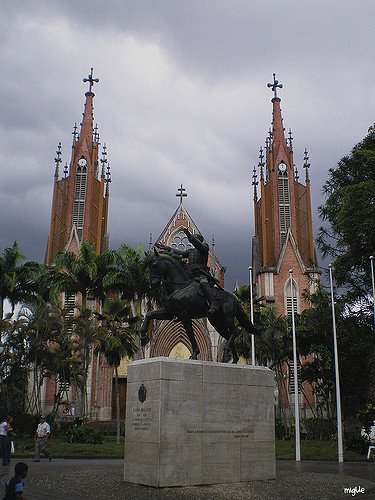
PLAZA BOLIVAR
And how not to enjoy the Plaza Bolivar of this Venezuelan city, nestled in its mountain range, between hills and mountains!
It has 80 m2, and was built in 1874 - roughly - on land donated by the Mérida deputation. It was initially known, as the Plaza del Samán, then as Plaza Colón and, from 1930 to date, as we know it today.
As a curiosity, it is important to note that the equestrian statue of the Liberator, Simón Bolívar is modern; dates from 1981 and was at the initiative of its inhabitants to celebrate the bicentennial of his birth. Previously there was a pedestrian statue.
Between gardens and fountains, the attention of an entire town converges on eight corridors towards the icon that -now- looks north, as one who visualizes a future. This is Rubio
"Y cómo no disfrutar de la Plaza Bolívar de esta ciudad venezolana, enclavada en su cordillera, entre colinas y montañas!!
Cuenta con 80 mts2, y fue construida en 1874 -aproximdamente- en un terreno donado por la diputación de Mérida. Se conoció inicialmente, como la Plaza del Samán, luego como la Plaza Colón y, desde 1930 hasta la fecha, como hoy la conocemos.
Como curiosidad, es importante destacar que la estatua ecuestre del Libertador, Simón Bolívar es moderna; data de 1981 y fue por iniciativa de sus pobladores para celebrar el bicentenario de su nacimiento. Anteriormente existió una estatua pedestre.
Entre jardines y fuentes, confluyen en ocho corredores la atención de todo un pueblo hacia el ícono que hoy mira hacia el norte, como quien visualiza un futuro. Así es Rubio" 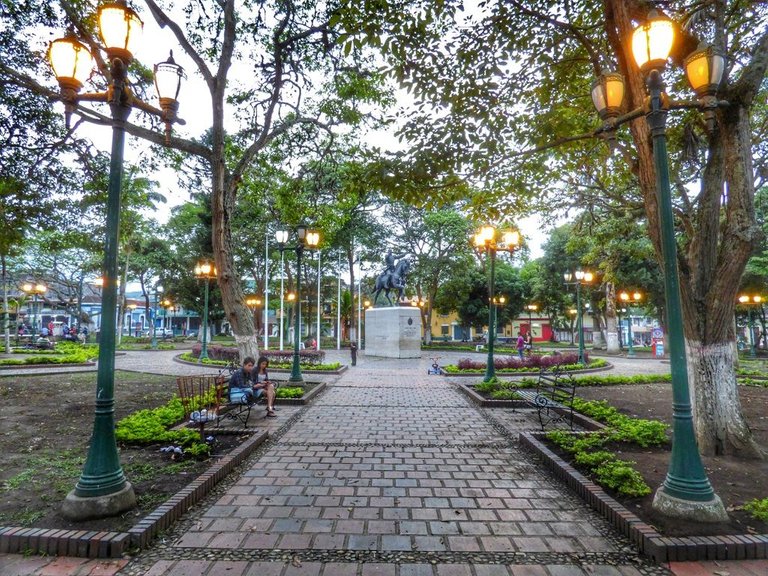
SANTA BARBARA CHURCH
Walking the streets of Rubio is not only a charm full of simplicity and a compliment to history. When I came across his facade, I thought I was in Europe. This neo-Gothic church is not only one of the most beautiful in the state, but also of Venezuela.
Its facade and its towers can be seen from all the hills, the Mayor's Office and many of the city's houses.
It was the town that gave it its walls, which are made of clay bricks made by its inhabitants.
Tells the story that each of them was stuck with a mixture of clay, straw and animal blood. Its towers are 50 meters high.
Here the image of the Virgin Santa Bárbara, patron saint of Rubio, is venerated. Its statues and reliefs from the front are by Pedro Mogollón, an artist born in La Grita (Táchira state).
As a reference, for its construction, the plans of the Shrine of Our Lady of Chiquinquirá de los Dominicos (Bogotá, Colombia) were used.
"IGLESIA SANTA BARBARA
Caminar por las calles de Rubio no sólo es un encanto lleno de sencillez y un elogio a la historia. Cuando me topé con su fachada, creí estar en Europa. Esta iglesia de estilo Neogótico no solo es una de las más bellas del estado, sino también de Venezuela.
Su fachada y sus torres se ven desde todas las colinas, de la Alcaldía y de muchas de casas de la ciudad.
Fue el pueblo quien le dio sus paredes, las cuales de son de ladrillos de arcilla hechos por sus habitantes.
Cuenta la historia que cada uno de ellos fue pegado con una mezcla de arcilla, paja y sangre de animal. Sus torres miden 50 metros de altura.
Aquí se venera la imagen de la Virgen Santa Bárbara, patrona de Rubio. Sus estatuas y relieves del frente son de Pedro Mogollón, artista nacido en La Grita (estado Táchira).
Como referente, para su construcción, se utilizó los planos del Santuario de Nuestra Señora De Chiquinquirá de los Dominicos (Bogotá, Colombia)."
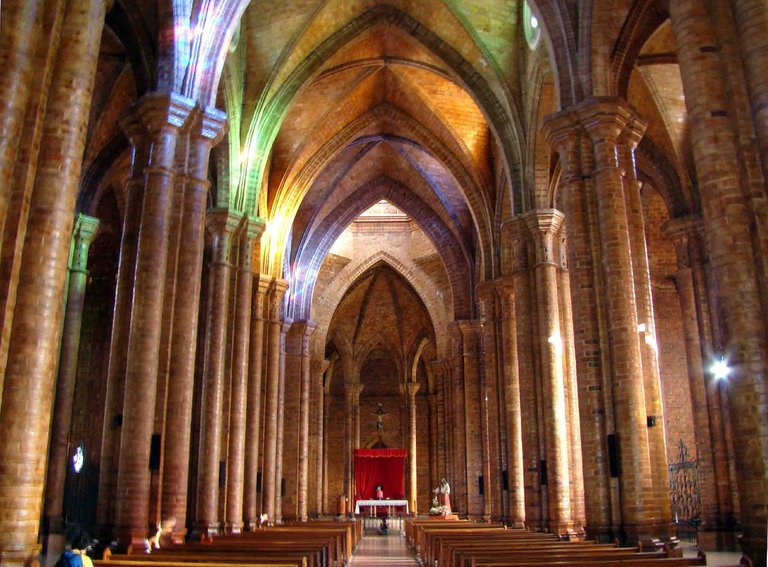 }
}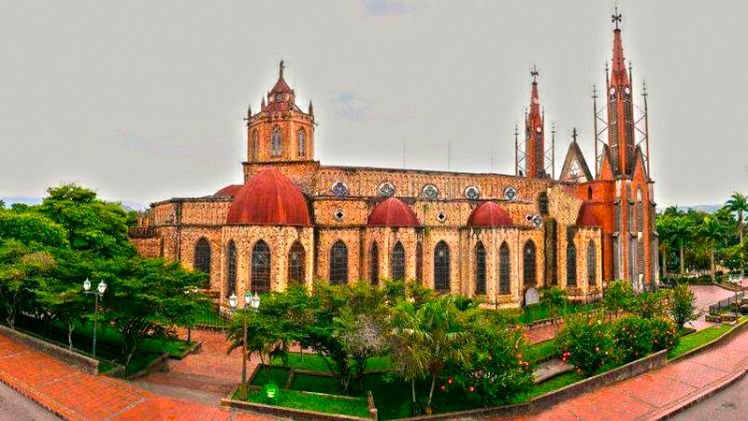
"MIRADOR DE RUBIO"
In many opportunities we have wanted to appreciate the cities of a different form, if they are not the buildings and the geographic accidents, it is the smog, those that do not allow us to see them to "fullness".
Caracas, Rome, La Guaira or even Barquisimeto have theirs; and Rubio could not miss either; that is why we decided to look for this space for you; take advantage of the fact that the city does not have high buildings, nor smog, nor overcrowding, to be able to observe it from this natural accident (today viewpoint), located less than ten minutes from downtown.
"En muchas oportunidades hemos querido apreciar las ciudades de una forma distinta, si no son los edificios y los accidentes geográficos, es el smog, los que no nos dejan verlas a "plenitud".
Caracas, Roma, La Guaira o hasta el mismo Barquisimeto tienen el suyo; y Rubio tampoco podría faltar; es por ello que decidimos buscar este espacio para ustedes; aprovechar que la ciudad no cuemta con altas edificaciones, ni smog, ni sobrepoblación, para poder observarla desde este accidente natural (hoy mirador), ubicado a menos de diez minutos del centro."
WE CAN APPRECIATE THE VIEW FROM THE VIEWPOINT ""PODEMOS APRECIAR LA VISTA DESDE EL MIRADOR""
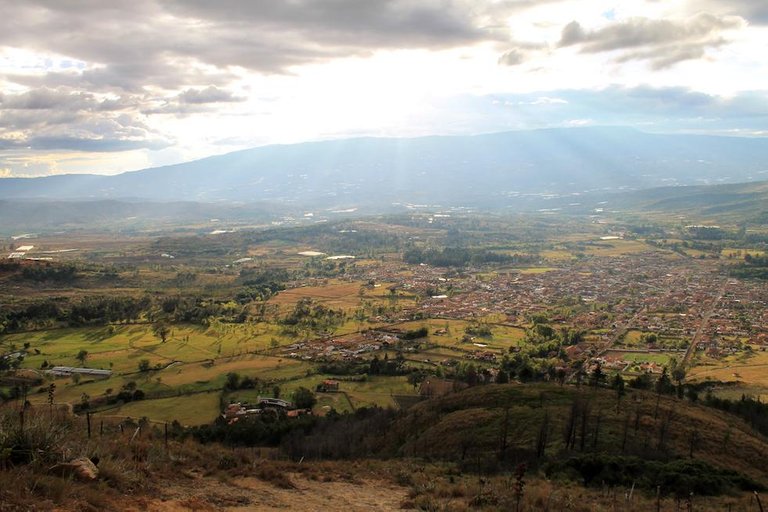
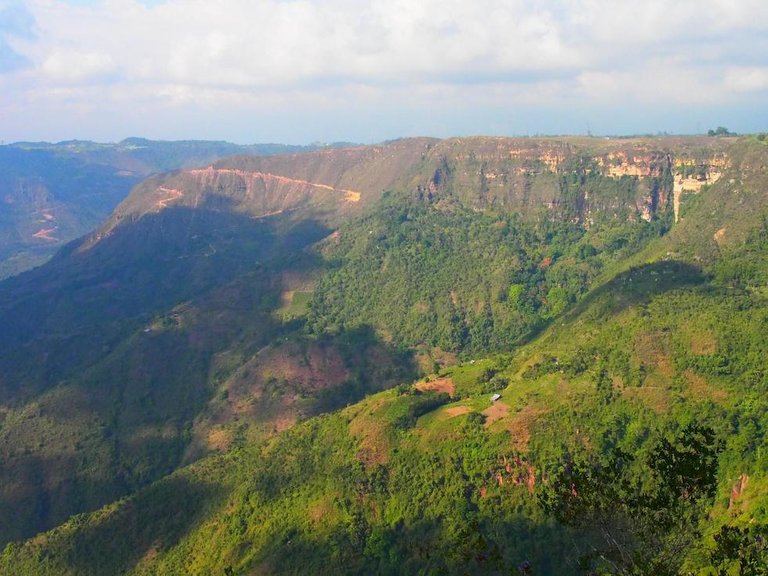
RUBIO CORRIDORS
This neighborhood is delimited by the water channels of the Carapo River to the south and the Capacha Creek to the north. This sector was linked to Junín Park, in the past, Plaza de la Fuente Pública. And it is known as corridors, because it is shaped on both sides by rows of colonial houses, practically with the same façade, made by the inhabitants of 1840. Their houses have the peculiarity of being built with techniques inherited from 19th century colonialism.
It is located in what is known as the Old Town and is another architectural work that communicates with the New People. We refer to the Blue Bridge, built in 1886. Built with mortar of calicanto, it has maintained its resistance over time, despite the floods and the ravages of the climate.
So these are gifts of history, from the hand of man; and that is why we wanted to highlight them.
"CORREDORES DE RUBIO"
Este barrio es delimitado por los cauces de agua del río Carapo al sur y la quebrada de Capacha al norte. Este sector se vinculaba con el parque Junín, en antaño, plaza de la Fuente Pública. Y se conoce como corredores, porque está conformado a ambos lados por hileras de casa coloniales, prácticamente con la misma fachada, realizadas por los habitantes de 1840. Sus casas tienen la particularidad de ser construidas con técnicas heredadas del colonialismo del siglo XIX.
Se sitúa en lo que se conoce como el Pueblo Viejo y es otra obra arquitectónica la que lo comunica con el Pueblo Nuevo. Nos referimos al puente Azul, construido en 1886. Construido con argamasa de calicanto, ha mantenido su resistencia en el tiempo, a pesar de las inundaciones y embates del clima.
Así que estos son regalos de la historia, de la mano del hombre; y es por ello que hemos querido resaltarlas.
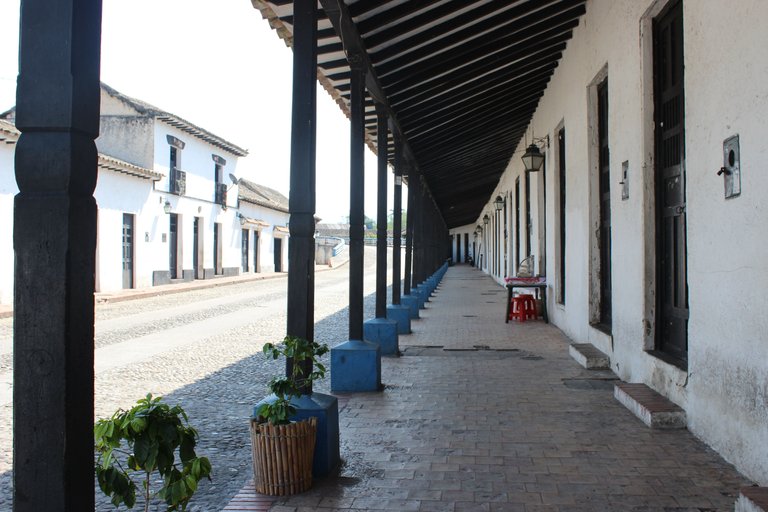
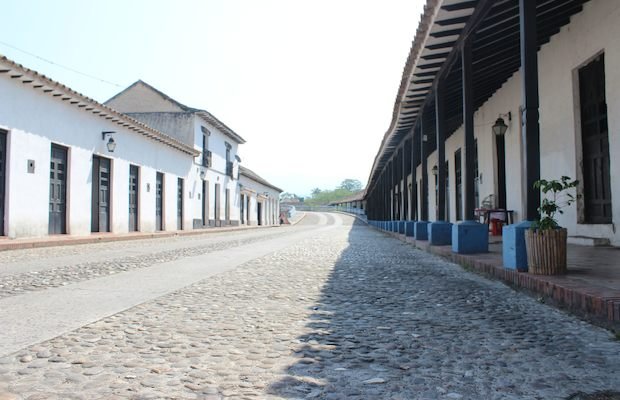
SMALL HISTORICAL THINGS THAT HIDE IN GRAN VENEZUELA "PEQUEÑAS COSAS HISTORICAS QUE SE OCULTAN EN LA GRAN VENEZUELA"

Yo nací en Tariba :D me encanto.
Nacimos!!!!
ay que hermosas fotos:)
me alegra, gracias por su comentario.. hablo un poco sobre rubio pues es mi pueblo natal y pues personas como en el tachira no se consigue en cualquier parte del mundo!!
Congratulations! This post has been upvoted from the communal account, @minnowsupport, by gocho94 from the Minnow Support Project. It's a witness project run by aggroed, ausbitbank, teamsteem, theprophet0, someguy123, neoxian, followbtcnews, and netuoso. The goal is to help Steemit grow by supporting Minnows. Please find us at the Peace, Abundance, and Liberty Network (PALnet) Discord Channel. It's a completely public and open space to all members of the Steemit community who voluntarily choose to be there.
If you would like to delegate to the Minnow Support Project you can do so by clicking on the following links: 50SP, 100SP, 250SP, 500SP, 1000SP, 5000SP.
Be sure to leave at least 50SP undelegated on your account.